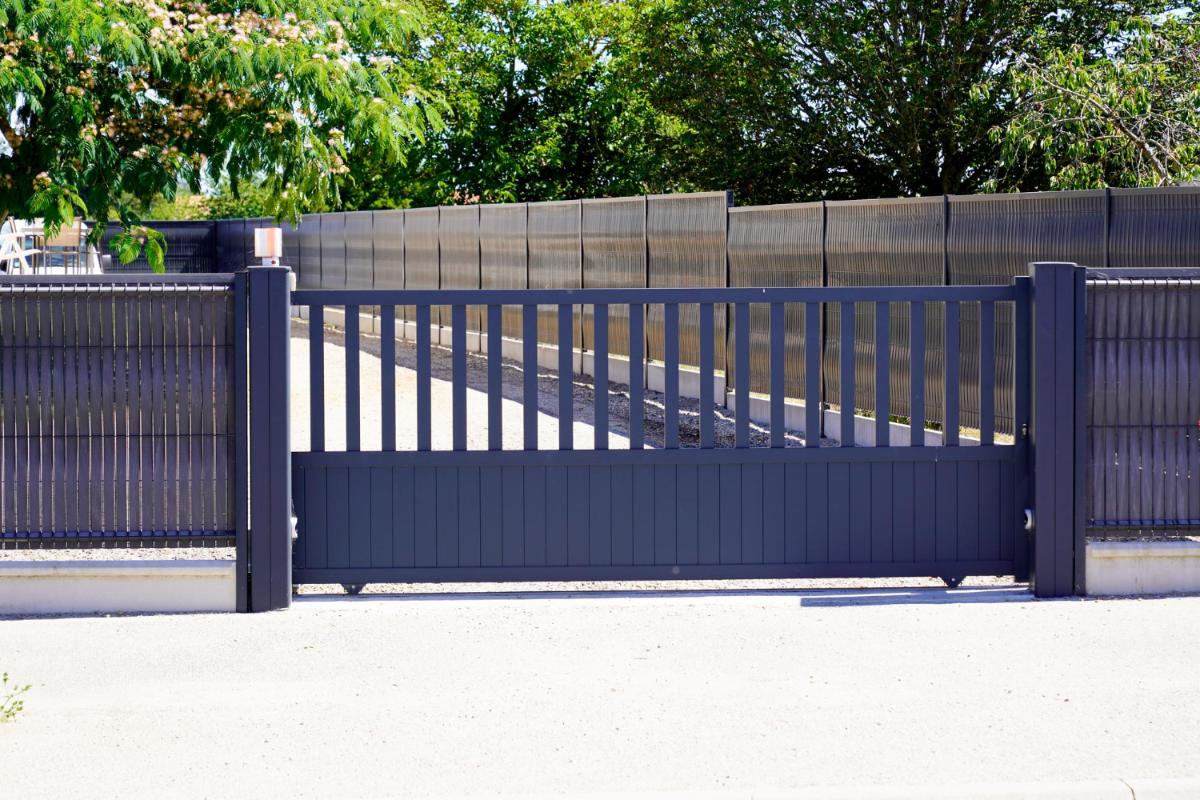Three Reasons Gated Communities are Safer

In the scope of premises security, more investment in safety measures almost constantly enhances the security of a neighborhood overall. Still, some broadcasters have tried to make the attention-grabbing assertion that gates offer little-to-no safety benefits or make areas more vulnerable to offenders. Unfortunately, this damaging and unfounded indication has encouraged criminal activity by preventing many communities from using modern gate access technologies that thwart burglars, warn lawbreakers to stay away, and hold all non-residents out. Therefore, our visitor management software experts thoroughly examine why gated communities help decrease crime, safeguard property, and keep citizens safe.
Appearance of Security
It is a well-established truth that security standards that emphasize safety deter illegal activity. For example, studies have demonstrated that the visibility of security cameras can lower crime by at least 50 percent. In addition, comparable decreases in criminal activity can be accomplished when homeowners put up a sign for a known home security organization.
Also, secure gates can serve as an equivalent crime barrier. Few lawbreakers would prefer to target a gated neighborhood when there are several non-gated neighborhoods down the street. Likewise, when possible criminals are kept out of a community, they are incapable of spotting chances to commit offenses. Many professional offenders drive around for hours or days looking for a weak target and cannot find options in a community when they are blocked at the gate.
Refusal of Entry to Non-Residents
Of course, when entrances are adequately secured, communities can keep out any non-residents. Consequently, neighborhoods can make it inconceivable for thieves and other offenders to enter. In addition, you can readily block gates by utilizing a smartphone-based entry solution limiting access to specific people rather than depending on relatively easy solutions for lawbreakers, like physical keys, pin pads, vehicle-based entry mechanisms, or guards inclined to human error.
Holding out non-residents also allows you to improve privacy within a neighborhood. When only inhabitants can get inside, there is inherently less foot traffic from neighboring communities, which could lead to problems in some circumstances. The power of gates to keep non-residents out can be highly beneficial in high-traffic urban locations and places with high crime levels.
Significantly Fewer Burglaries
A major study in 2013 confirmed that community gates decrease the frequency of burglaries by 33 percent. Gates diminish burglaries by making it challenging for robbers to move into a community looking for vulnerable homes. Although thieves may still get into a gated neighborhood in some circumstances, they can only do so by instilling a significant amount of time, incurring substantial risk, and potentially drawing suspicion.
People interested in stealing property would rather target houses with little-to-no protection that they can readily observe for several days from the road. In gated neighborhoods, thieves who successfully arrange a way of getting inside usually have one opportunity to rob a residence without attracting suspicion. When surveillance makes things difficult, the most professional burglars capable of stealing substantial assets will usually stay away.